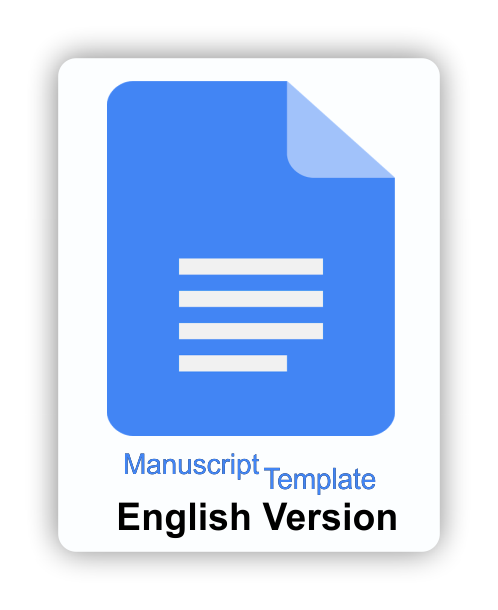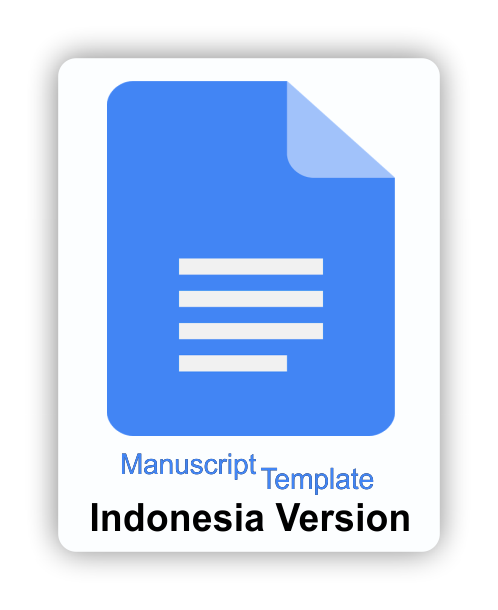Visual literasi media pembelajaran buku cerita anak
Kristiana Maryani, Universitas Sultan Ageng Tirtayasa, Indonesia
Abstract
Tujuan penelitian ini adalah untuk mendapatkan informasi tentang Visual Literacy Media Pembelajaran Buku Cerita Anak Usia 5-6 tahun. Metode yang digunakan dalam penelitian ini adalah survei dan wawancara, buku cerita sebagai sumber penelitian diambil secara acak dari lokasi penelitian dengan jumlah 100 buku dari 828 buku cerita yang tersedia di pusat sumber belajar (PSB) TK Islam Al Azhar Serang. Hasil yang diperoleh dari penelitian ini adalah kualitas gambar visual disajikan dengan sangat baik, kesesuaian visual literasi dengan tujuan pembelajaran, kesesuaian dengan materi, daya tahan buku, kecepatan presentasi materi, disajikan dengan baik dan indikator lainnya menunjukkan hasil yang cukup, yaitu kosakata mudah dipahami anak, penggunaan bahasa yang singkat, padat dan jelas, urutan dan runtut materi, kesesuaian penyajian visual dengan kebutuhan berbagai karakter siswa, prosedur penggunaan, penyajian pedoman untuk guru. Dengan kata lain, pada umumnya visualisasi gambar yang disajikan dalam buku cerita di Pusat Sumber Belajar (PSB) TK Islam Al Azhar 10 Serang telah menunjukkan hasil yang cukup dengan frekuensi kemunculan rata-rata hampir setengahnya.
Kata kunci: visual literasi, buku cerita
VISUAL LITERACY INSTRUCTIONAL MEDIA OF CHILDREN’S STORY BOOKS
Abstract
This study aim to obtain information about the visual literacy of children’s story books of 5-6 years old Children. The method used in this research are survey and interview, story book as sample taken 100 books randomly from 828 story books in learning resource center (PSB) TK Islam Al Azhar Serang. The results of this study are the quality of visual literacy is presented very well, the visual literacy suitability with the aim of learning, material conformity, book endurance, the speed of material presentation are presented well and other indicators show sufficient results, the vocabulary is easy to understand, performed clear sentences, sequence and material coherence, the appropriateness of visual representation with the needs of various student characters, provide procedures and guidelines for teacher. In other words, the conclusion is the visual literacy of the images presented in the storybooks at the Learning Resource Center (PSB) of Al Azhar Islamic Kindegarten School 10 Serang has shown sufficient results with an average occurrence frequency of nearly half.
Keywords: visual literacy, story books
Keywords
Full Text:
Fulltext PDFReferences
Bransford, J. D., Brown, A. L., & Cocking, R. R. (2000). How people learn: brain, mind, experience and school. Washington, D.C.: National Academy Press. https://doi.org/10.17226/9853
Fatimah, A. (2016). Parent’s visual literacy toward toys symbol. In Internatinal Conference The 3rd Semarang Early Childhood Research and Education Talks. Semarang State University.
Kunze, P. C. (2016). Conversations with Maurice Sendak. Mississippi: Univ. Press of Mississippi.
Shambaugh, N., & Beacham, C. (2017). Visual guidebooks: documenting a personal thinking language. Journal of Visual Literacy, 36(1), 1–19. https://doi.org/10.1080/1051144X.2017.1291779
Stephenson, S. (2014). Visual literacy through children’s picture books. Retrieved April 24, 2017, from https://www.scholastic.com/parents/school-success/learning-toolkit-blog/visual-literacy-through-childrens-picture-books.html
Storey, D. C. (1984). Reading comprehension, visual literacy and picture book illustrations. Reading Horizons, 25(1), 54–59.
Sudjana, N., & Ibrahim. (2001). Penelitian dan penilaian pendidikan. Bandung: Sinar Baru Algensindo.DOI: https://doi.org/10.21831/jitp.v5i1.16212
Refbacks
- There are currently no refbacks.
Copyright (c) 2018 Atin Fatimah, Kristiana Maryani

This work is licensed under a Creative Commons Attribution-ShareAlike 4.0 International License.
Our journal indexed by:
View Journal Statistics

















.png)